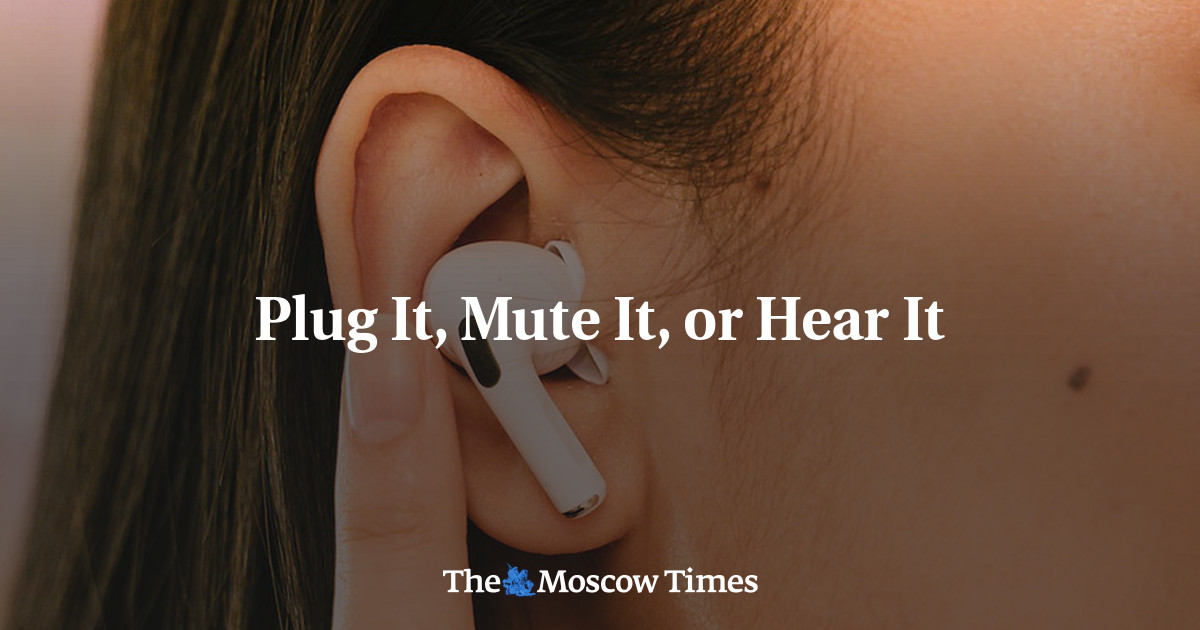
Дужка: a variety of hoop-shaped objects
I don’t know if I want to know the names of everything because I like languages, or if I like languages because I want to know the names of everything. But I suppose it doesn’t matter. In any case, I get double — or is it quadruple? — pleasure every time I find out the name of something in Russian — the more obscure, the better — and then find out what it is called in English. Or the other way around.
Take, for example, those beautiful giants holding up the New Hermitage gallery in St. Petersburg. I knew that a stone woman on a building is called кариатида (caryatid), but what is a stone man called? In Russian he is атлант. In English he is an atlas or atlant (also spelled atlante) or even atlantid (plural — atlantes). The Roman term is a telamon (telamones or telamons in plural).
An atlas is usually full-figure and takes the place of a pillar. A small, partial male figure is called терм (term), which must not be confused with термы (plural). Those are thermal baths.
Now isn’t that satisfying?
Then the other day I learned a new word: беруши (earplugs). The word has a charming origin: it is a short version of берегите уши (protect your ears!). I’d never heard that term before; I just called them затычки (plugs).
But it turns out, for some reason, Russian has lots of words for earplugs.
The phrase I know — затычка для ушей (earplugs) — is a techno version of what you do when there is a loud noise, sometimes one you are making yourself, if you are two years old and very tired: Он будет затыкать уши, плакать и кричать (He’ll cover his ears, cry and scream). It comes from the verb затыкать, which is used when plugging up just about anything. Уже больше года ванной не пользовались, вставали под душ, не затыкая ванны затычкой (For more than a year they didn’t use the bathtub, they stood under the shower and didn’t stop up the tub with a plug). Затыкал носками щели в оконных рамах (He plugged up the cracks in the window frames with socks). Sometimes the plugging is literal and violent: Их хватали, выкручивали руки, затыкали рот (They grabbed them, twisted their arms and gagged them).
But with ears, затычки are not violent. It’s the word often heard poolside to describe plugs that keep water out. For athletes who flip, twist, and turn as they fly down to the water from a high diving board, there is модель для дайвинга, которая стабилизирует давление при глубоком погружении (a model for diving that is stabilizes pressure when the swimmer goes deep under water).
But if you don’t like any of those words, an earplug in Russian is also called ушная заглушка, from the verb заглушать, which means to silence, drown out (sound), jam or mute. The verb can be used literally or figuratively: Членам Совета не следует заглушать голоса несогласных (Council members should not silence voices of dissent).
But that’s not all. An earplug is also ушной тампон (ear pad), a phrase that English speakers will never use; противошумовое средство (anti-noise device), also противошум [anti-noise] for short). It can be противошумный or ушной вкладыш (anti-noise or ear plug); or even пробочка для предохранения ушей (a plug to protect ears).
Now that you know how to block sound, how do you listen to it? With наушники (earphones), of course, which are literally “things you put on your ears.” Наушники is the general term for anything that you put on or in your ears to listen to music, words, or even yourself if you are on stage and performing.
The new kind — earbuds — have lots of names in Russian, depending on shape. The kind like hard discs that don’t go all the way in the ear are called наушники–капельки (drop earbuds); наушники–пуговки (button earbuds); or наушники–таблетки (tablet earbuds). These are also called наушники-вкладыши from the verb вкладывать, which means to insert, put in.
The kind of earphone that goes all the way in your ear, aka IEMs (in ear monitors), are called внутриканальные наушники (literally inner-canal earphones). Since these fit into your ear in a different way, they are described differently. In literature and sales brochures, these are called наушники-затычки and наушники–заглушки, but in conversations when people are talking about listening to music or podcasts, the наушники part gets left out. You need to pay attention to figure out if a person is talking about shutting out the sound or listening to it.
And while we’re here, you know those little rubber tips that constantly fall off and disappear in the crevasse between the chair back and seat — always in airplanes? They’re called амбушюры (tips, cups, caps, or pads), singular —амбушюр. This is from the French word embouchure.
By the way, when people are playing music rather than listening to it, амбушюр means either the mouthpiece of a musical instrument or the way a musician holds his or her mouth to play a brass or wind instrument.
And then, as we continue down this rabbit hole, there is another kind of earplug: вкладыш на дужке. What’s дужка? It’s the diminutive of дуга, which is any kind of hoop or arc. So вкладыш на дужке are earplugs attached to a headband.
Дужка is a word worth knowing, since it comes in handy — almost literally. For example, дужка ведра is the handle of a bucket. Дужка замка is the shackle of a lock. Дужка очков is the temple on a pair of glasses. And дужка at the dinner table is what you and your brothers and sisters used to fight over – it’s the wishbone.
So we started with earplugs and ended with locks, buckets and wishbones. To be filed under “unnecessary knowledge” – until your next chicken dinner.
Leave a Reply